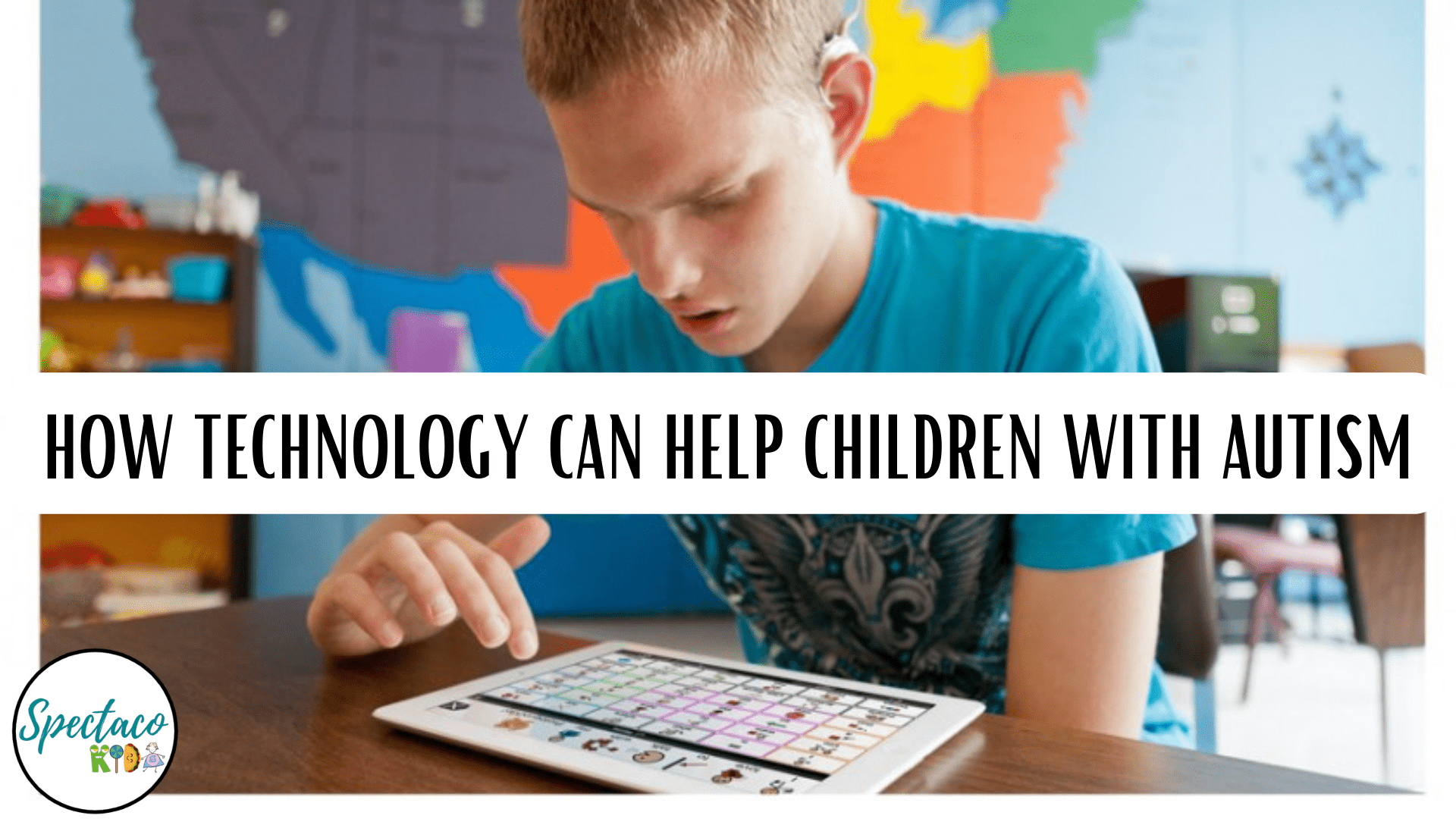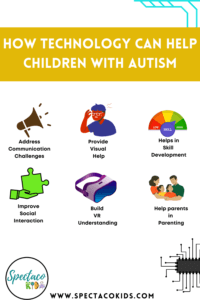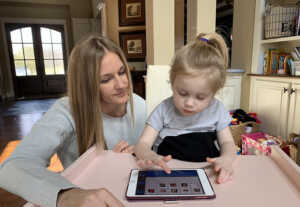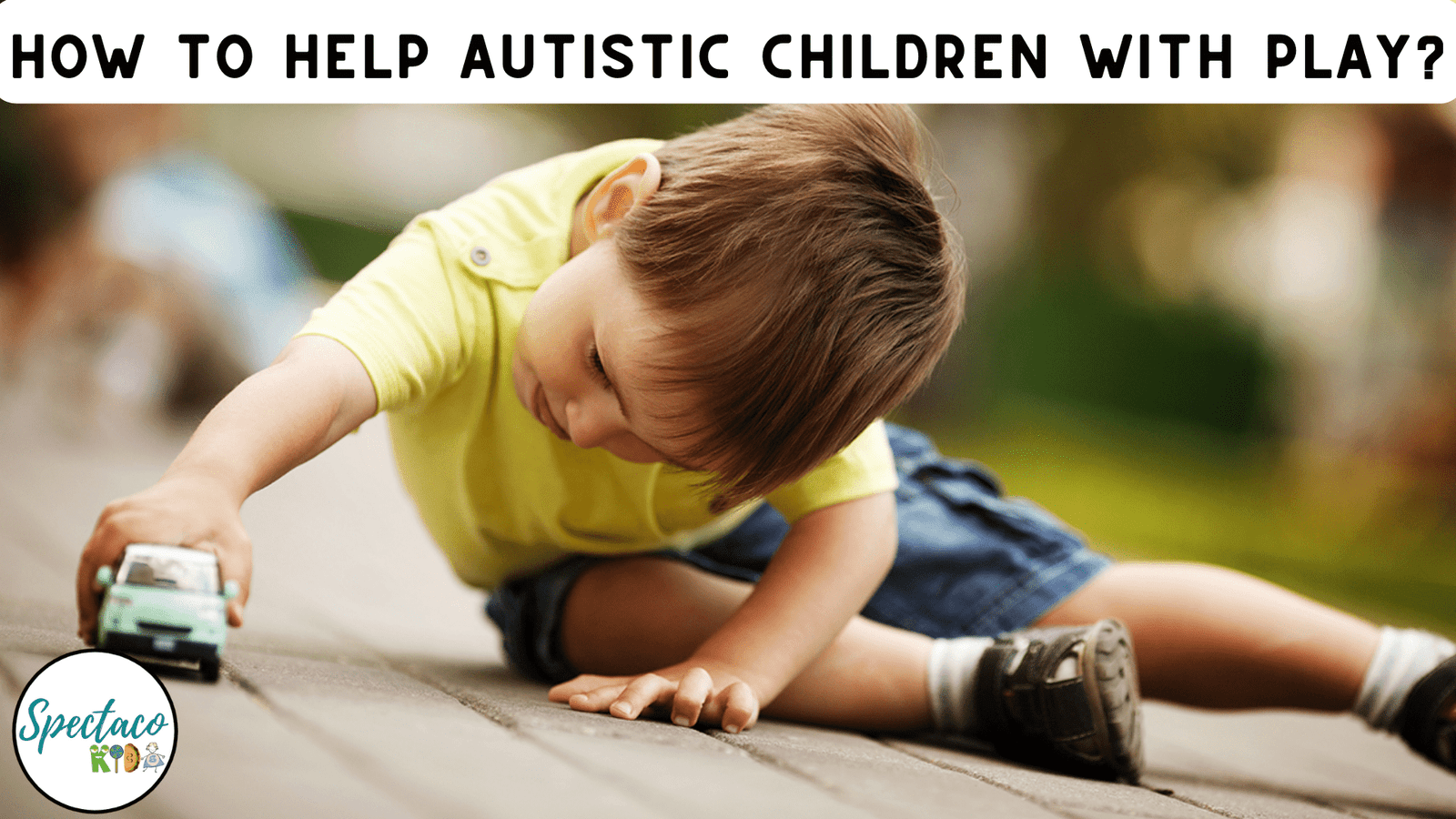Autism Spectrum Disorder (ASD) is a developmental disorder that affects communication, social interaction, and behavior. While there is no cure for autism, technology can provide assistance to children with autism to help them communicate and learn in ways that suit their unique needs.
How technology is aiding children with Autism
Addressing Communication Challenges
One of the main challenges for children with autism is communication. Technology can help overcome these challenges by providing tools that can improve communication skills. For example, there are numerous apps that can be used to support the development of language and communication skills. These apps can help children with autism to improve their speech, vocabulary, and social interaction skills
Providing Visual Help
Another way technology can help children with autism is by providing visual aids. Children with autism often benefit from visual aids, such as pictures or videos, to help them understand concepts and communicate more effectively. Visual aids can be used to support language development, social interaction, and behavior management. For example, there are apps that provide visual schedules and reminders to help children with autism to complete daily routines and tasks.
Skill development
Technology can also provide opportunities for learning and skill development. Many children with autism have unique interests and strengths, and technology can be used to support these interests and help develop new skills. For example, there are apps that teach coding and programming skills, which can help children with autism to develop their logical thinking and problem-solving abilities.
AAC devices
Augmentative and alternative communication (AAC) devices are another example of how technology can help children with autism. AAC devices can be used to supplement or replace spoken communication for children who have difficulty speaking. These devices can include pictures, symbols, and text, and can be customized to meet the individual needs of the child. AAC devices can help children with autism to communicate more effectively, reducing frustration and improving social interaction.
VR understanding
Virtual reality (VR) is another technology that is being used to support children with autism. VR can be used to provide immersive experiences that can help children with autism to learn and develop social skills. For example, VR can be used to simulate social situations and provide a safe and controlled environment for children to practice social skills.
Better parenting
Finally, technology can also be used to support parents and caregivers of children with autism. There are numerous apps and online resources available that can provide information and support to parents and caregivers. These resources can include information on autism, strategies for managing behavior, and support groups for parents and caregivers.
In a nutshell
In conclusion, technology has the potential to provide significant benefits for children with autism. From improving communication skills to providing visual aids, supporting learning and skill development, and providing opportunities for immersive experiences, technology can provide support in many different ways. Additionally, technology can be used to support parents and caregivers, providing them with resources and support. While technology is not a substitute for human interaction and support, it can be a valuable tool for supporting children with autism and helping them to achieve their full potential.






